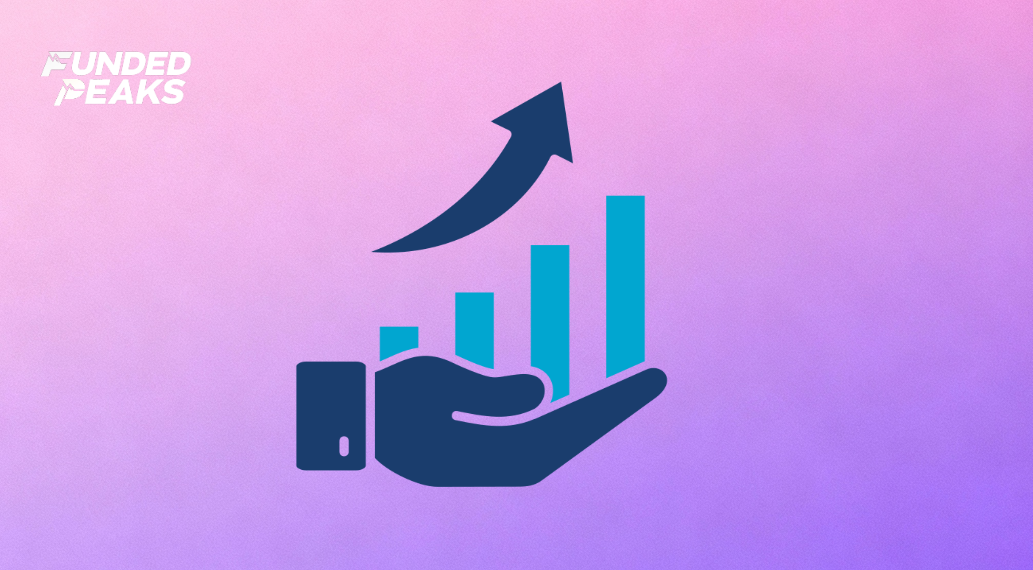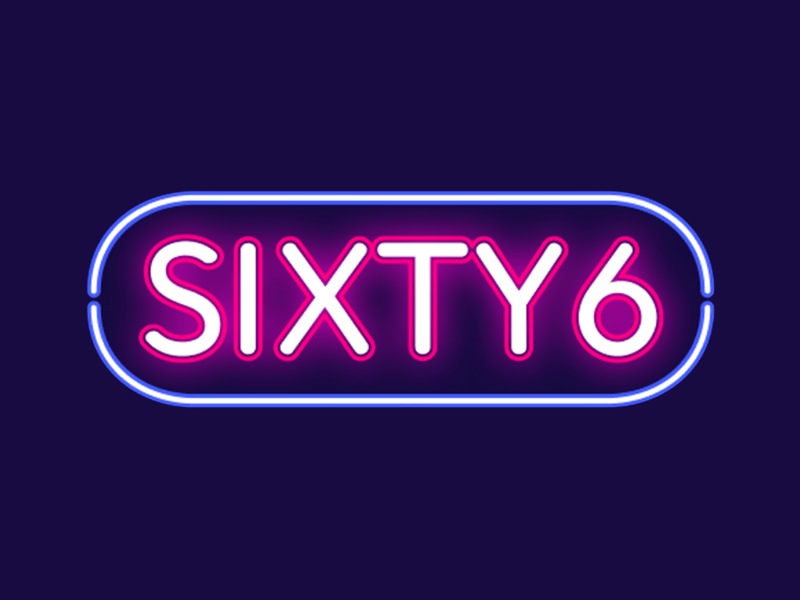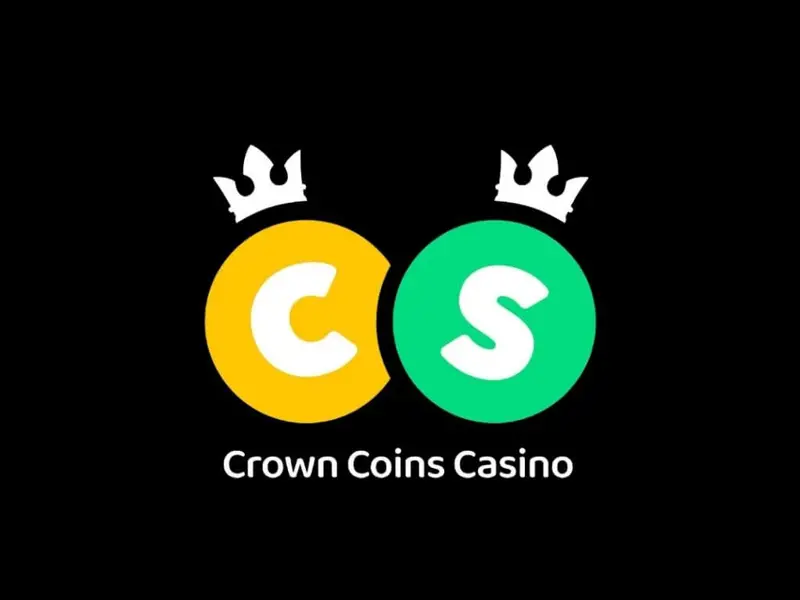10 More States Expected by 2027
A industry forecast released by Time2Play earlier this year projects that the Sweepstakes model could expand into an additional ten U.S. states by 2027, signaling a bullish outlook for the sector despite recent regulatory challenges. Analysts suggest that the next two years may mark the most significant growth period in the history of U.S. sweepstakes gaming.

Key Points
- Analysts expect sweepstakes casinos to expand into 10 new states by 2027, driven by market demand and maturing compliance frameworks.
- More than 25 new platforms launched in 2025 alone, a 40% increase year-on-year
- Industry observers call 2025–2027 an “inflection window” where consumer familiarity and brand competition will rapidly accelerate.
What’s Going On?
The sweepstakes-casino model operates on a dual-currency structure—typically featuring “Gold Coins” for entertainment play and “Sweeps Coins” that can be redeemed for cash prizes. Because these sites distribute Sweeps Coins through promotions, social contests, or optional purchases of virtual coins, they operate under sweepstakes law rather than gambling law in most jurisdictions. This legal positioning has made them accessible to millions of U.S. players who don’t yet have access to real-money iGaming.
Industry momentum has accelerated in 2025, thanks in part to increased consumer familiarity, influencer marketing, and cross-platform game content. Several established iGaming suppliers have entered or expanded their sweepstakes portfolios, enhancing the visual and gameplay quality once limited to regulated casino markets. The competitive pressure between social-casino brands and sweepstakes-based casinos has also narrowed, making player experiences nearly indistinguishable from licensed online casinos—minus the direct wagering model.
In short: sweepstakes casinos have moved from a legal workaround to a legitimate entertainment category. Their hybrid structure offers brands a pathway to reach new players while operating within promotional frameworks that comply with U.S. law.
Positive Market Drivers
Despite heightened scrutiny in some states, the industry’s overall trajectory remains positive. Analysts highlight several drivers behind this optimism:
- Regulatory diversification: While some states are tightening rules, others are clarifying gray areas—creating a patchwork that still favors legal operation under promotional models.
- Consumer trust and retention: Top brands have improved redemption speeds, social transparency, and responsible-play messaging, improving player retention metrics by more than 20% in 2025.
- Tech adoption: AI-powered personalization, in-game loyalty points, and crypto-integrated sweep redemption are reshaping user experiences.
- Investor optimism: Several venture funds have re-entered the space, betting on the hybrid model’s long-term viability in markets where real-money iGaming remains politically deadlocked.
Why It’s Positive
This expansion trend matters beyond simple state counts. It signals a sustained appetite for online entertainment that fits within existing U.S. promotional and sweepstakes frameworks. For players, it means more choice, transparency, and competition. For regulators, it presents an opportunity to craft proactive consumer-protection standards before gray-market risks rise.
Most importantly, it shows that the U.S. isn’t turning away from innovative gaming models—it’s learning to absorb them. The “sweeps” model has evolved from fringe curiosity into a structured, scalable industry with compliance technology and mainstream partnerships. As a result, market analysts now see it as a complementary, not conflicting, part of the digital-gaming economy.
- Consumer choice: The model provides a safe alternative for players in restricted states who want casino-style entertainment without engaging in illegal gambling.
- Innovation engine: Platforms continue to push creativity with tournament formats, social competitions, and daily prize pools.
- Regulatory dialogue: Ongoing engagement between state regulators and platform operators could lead to better-defined promotional rules rather than outright bans.
What’s Next?
Looking ahead, the forecasted adoption across ten more states will depend on how well operators balance marketing ambition with regulatory prudence. Industry watchers are focused on three key dynamics:
- State readiness: Analysts expect adoption in states with high social-casino engagement and minimal real-money regulation, such as Texas, Georgia, and Kansas.
- Operator consolidation: As competition tightens, expect mergers and acquisitions. Established brands may absorb smaller startups to expand reach and technology capabilities.
- Consumer education: Expect a stronger push toward transparency—explaining redemption processes, bonus structures, and responsible-play features to pre-empt regulatory criticism.
Industry Voices
“We’re entering the professional era of sweepstakes gaming. Operators are focusing on compliance, quality content, and long-term sustainability—not loopholes.” — iGaming Business Analyst
“Players are starting to treat sweepstakes casinos not as temporary substitutes, but as entertainment destinations in their own right.” — Time2Play Research Lead
Economic and Cultural Impact
From an economic perspective, the sweepstakes-casino sector supports a growing ecosystem of U.S. developers, affiliate marketers, and compliance specialists. Revenue estimates for 2025 exceed $3 billion in gross player value across active platforms—roughly double that of 2023. The growth is particularly notable in the Midwest and Southeast, regions historically underserved by iGaming operators.
On a cultural level, the rise of sweepstakes casinos reflects a shift in how Americans view online entertainment. What was once “play-to-win” has evolved into “play-for-fun-and-occasionally-win,” aligning closely with broader digital entertainment trends such as in-app purchases and social competitions. This convergence could help normalize responsible digital play while creating a bridge toward regulated gaming frameworks.
Takeaway
The sweepstakes-casino model is evolving from workaround to mainstream entertainment category. If forecasts prove accurate, by 2027 the U.S. map of sweepstakes accessibility could look dramatically different—less gray, more open, and more transparent. The next two years will test whether operators can sustain trust and growth while regulators balance innovation with protection.
See What is available in Your State Below:
Select your state to get started
Featured Articles
Browse through our other articles












